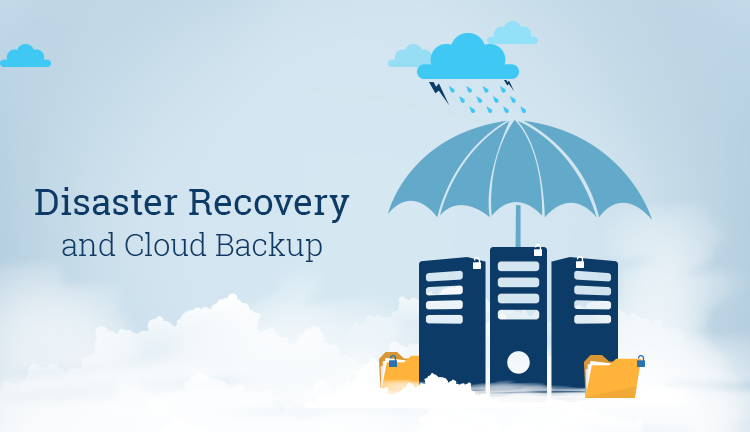When it comes to any business then the major concern which arises is data storage in a cost-efficient and secure way. Getting data backups right can be a complex process. It’s tempting to turn the problem over to a service provider but not all services are created equal. In today’s time, the data is increasing and IT experts have come up with the best solutions for data storage. Cloud-Based Backup is the best backup solution for you. This will meet or surpass the requirements of your organization. For cloud backup service, you are looking for a company that can perform backup better than you. The backup server should provide the following:
- Geographic diversity
- High availability
- Regulatory compliance
- Self-service restores
- Support for revision histories
- Large-scale disaster restores in a timely manner
- High bandwidth into its data centers
- Encryption of all data
7 Components of a Successful Backup and Recovery Strategy
Backing up your organization’s data sounds like a simple thing to do. The ten components below should be kept in mind and approached in Backup and Disaster Recovery Strategy
Business Recovery Plan:
- Classify your data: when you think about the backup strategy you should be clear which data is your priority. Each data has own value. Prioritize your list of data which has to be recovered.
- Understand your data: Once your data has been classified, now you have to identify the recovery point objective (RPO) and recovery time objective (RTO) for each data class.
- Don’t forget about mobile devices: With more and more enterprise users using mobile devices as their key device for directing business, protecting the data detained on those devices is also important
- Choose the backup strategy and method: Different data sets may necessitate different solutions in order to optimally meet the goals of the business
- Allocate a responsible party for ensuring successful backups: Just because a backup strategy has been applied, doesn’t mean it’s going to run effectively every time. Strategize the backup accordingly.
- Secure your data: The backup data held on Cloud Backup Services should be protected both physically and logically
- Conduct test restores: It’s always better to find an issue proactively than reactively when there is no hope of restoration of data or time constraints are in place. To conduct periodic test restores of data to ensure that the process is working as planned.
When you are considering a backup service the two biggest concerns are the time and complexity of initial startup. Moving the data to a service provider for the first time not only takes some study but can significantly impact server performance. The Cloud Backup Services, you may need to upgrade your bandwidth at additional cost. Data deduplication can reduce these times. There are two ways around the restore time problem; one is to use a local appliance that stores backup data for faster data restoration with a copy sent off-site in the event. Your data center goes up in smoke or is reduced to rubble since there is a local appliance required. The cost model is different than pure-play Cloud Backup Solution offerings. But if you really want to let someone else deal with the backup issue, the local appliance can be a welcome solution for large datasets. The second way to address the restore time issue is to restart services in your backup service providers in a data center. These zero time restore systems are great if you have only a single data center or if you want your failover data center running in the cloud. These systems work by replicating both application and data files to a remote cloud system.







